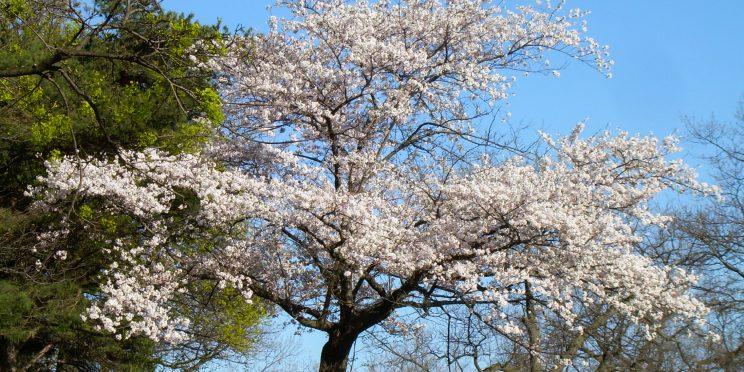About High Park
High Park is an outstanding natural area in the heart of Canada's largest city. Situated on the post-glacial Iroquois Sand Plain, it supports a rare Black Oak Savannah on its central plateau and upper ravine slopes. Other habitats include moist ravine forests, seepage-fed wetlands and a lakeside marsh at Grenadier Pond.
Visitors to High Park can experience nature in the city year-round with access to various amenities and recreational facilities, as well as nature trails, interpretive walks and volunteer stewardship opportunities.





Wildlife
High Park supports a wide variety of wildlife including chipmunks and bats, ducks, hawks and herons, fish and frogs, and numerous insects including butterflies and bees. Although it is situated in the heart of Canada’s largest city, High Park's size, diverse habitats and proximity to Lake Ontario and the Humber Valley make it attractive to both resident breeding species and migrants. A few opportunistic species have taken advantage of habitat changes and disturbances caused by human activities and recreational demands. Other mostly native species are already responding positively to ongoing restoration efforts.





Plants
The great diversity of native plants in High Park reflects its varied habitats and environmentally significant status. These species include flowering plants, vines and shrubs, grasses and sedges, deciduous and coniferous trees, as well as aquatic plants. A number of species are provincially, regionally or locally rare.
























